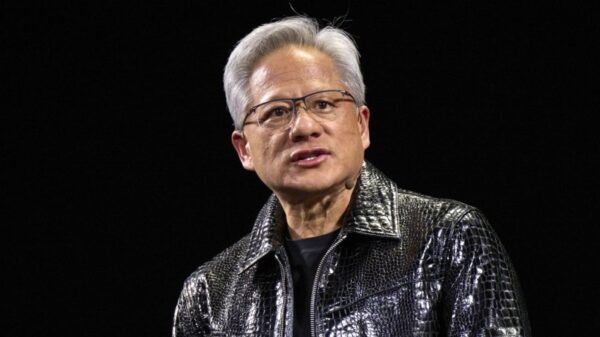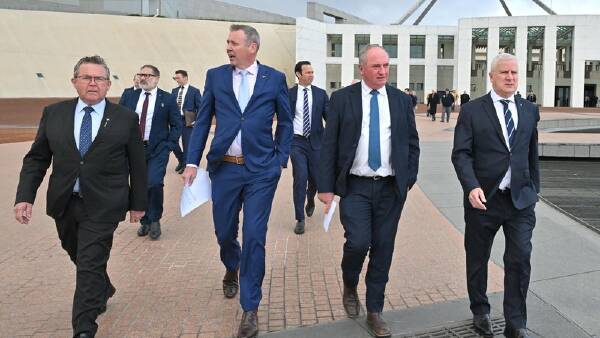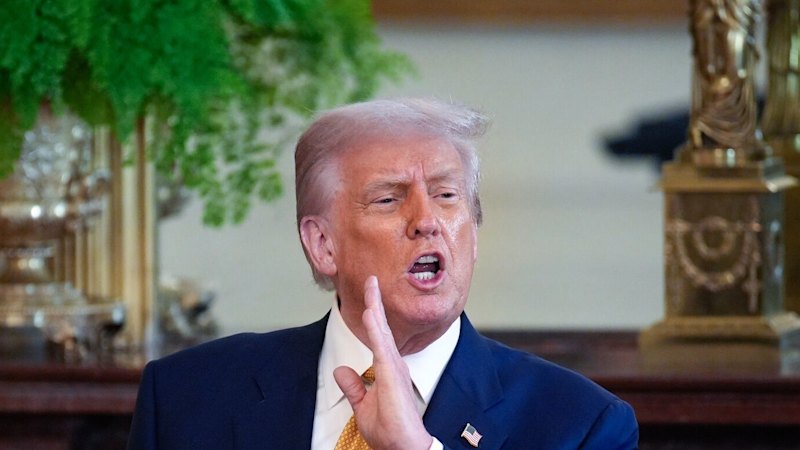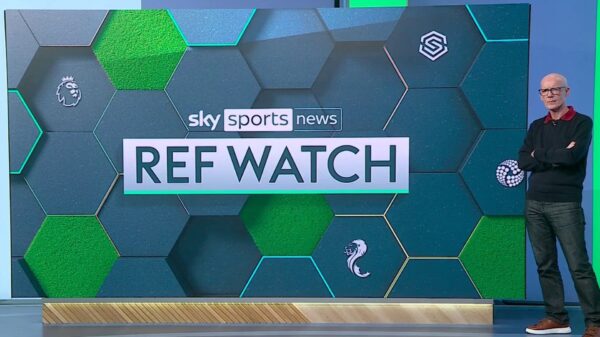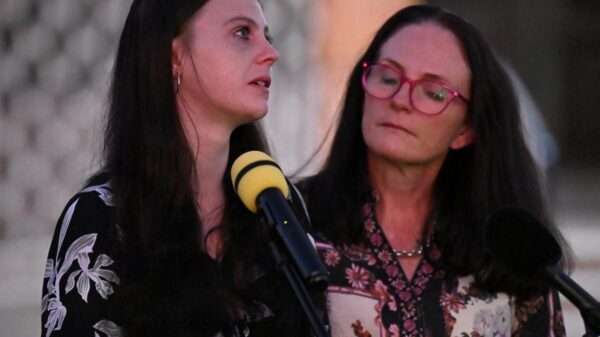President Donald Trump will visit the Federal Reserve on March 14, 2024, amid his ongoing campaign to pressure the central bank to lower interest rates. This visit marks a significant escalation as Trump’s allies scrutinize the Fed’s extensive building renovations. The president’s actions reflect a disregard for the traditional independence of the Fed, which is crucial in shaping monetary policy free from political influence.
Trump’s administration has voiced concerns over the financial implications of the renovations, which have seen costs rise from an estimated $1.9 billion to approximately $2.5 billion. The White House announced late Wednesday that Trump would be joining the scheduled inspection of the site.
The president has long criticized Jerome Powell, the Fed Chair appointed during his first term and later extended by President Joe Biden. Trump’s sustained attacks have included calls for Powell to resign and direct insults. Recently, he suggested that firing Powell could be a possibility, a move that could have serious ramifications for both the U.S. and global markets. A key meeting of the Federal Reserve is set for next week, where it is anticipated that rates will remain unchanged.
While Trump has expressed frustration over Powell’s decision to keep the short-term interest rate at 4.3 percent this year, despite three cuts last year, Powell maintains that the Fed is monitoring economic responses to Trump’s tariffs on imports. These tariffs, according to Powell, could potentially increase inflation, warranting caution in monetary policy.
Not all members of Trump’s administration align with his views on Powell. Treasury Secretary Scott Bessent, who has been mentioned as a potential replacement for Powell, articulated his support for the current Fed Chair, stating, “There’s nothing that tells me that he should step down right now. He’s been a good public servant.”
During Trump’s visit, he is expected to express his discontent regarding the Fed’s monetary policy and the costly renovations, which include significant construction work both above and below ground. Trump has previously commented on the renovation costs, saying, “When you spend $2.5 billion on, really, a renovation, I think it’s really disgraceful.”
The president’s ongoing criticisms and the impending Fed meeting raise questions about the future of U.S. monetary policy and its impact on economic stability. As Trump continues to advocate for lower borrowing costs, the Federal Reserve remains committed to its approach, prioritizing long-term economic health over political pressures.







